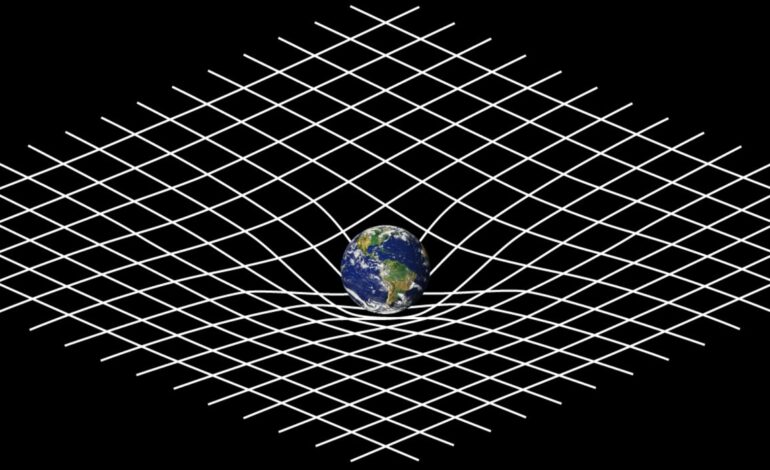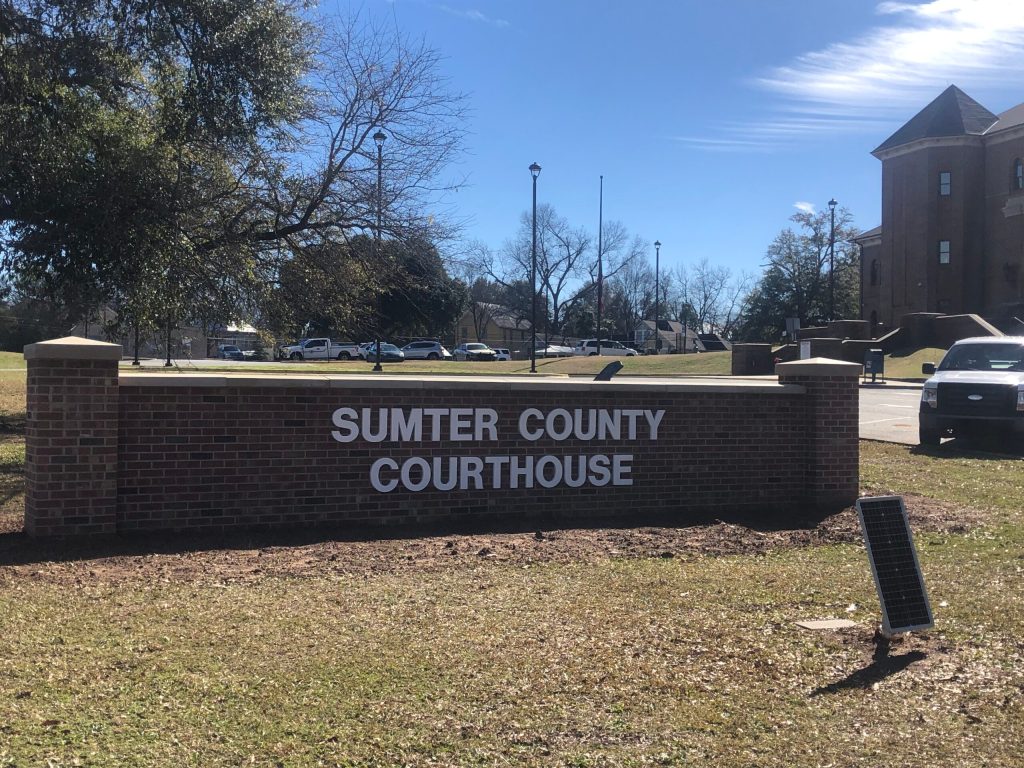New Experiment Explores Quantum Entanglement in Gravity

A recent study led by physicists Joseph Aziz and Richard Howl from Royal Holloway, University of London, has brought fresh insights into the relationship between gravitational fields and quantum entanglement. Their findings suggest that matter can become quantum entangled even if the concept of quantum gravity itself does not exist. This research, published on October 22, 2023, in the journal Nature, could significantly impact our understanding of fundamental physics.
The quest for a unified theory that combines quantum mechanics and general relativity has been a longstanding challenge in physics. Quantum mechanics deals with the behavior of the very small, while general relativity explains the workings of gravity on a cosmic scale. Despite being developed over a century ago, the mysteries surrounding the integration of these two theories remain unresolved. The findings from Aziz and Howl complicate the ongoing debate by suggesting that classical gravity could still interact with quantum systems.
Their work is rooted in a thought experiment proposed by renowned physicist Richard Feynman in 1957. Feynman imagined placing an object, such as an apple, into a state of quantum superposition, where it exists in multiple states simultaneously until observed. The experiment envisioned a second apple that interacts gravitationally with the first one. If the first apple remains in superposition while the second apple causes a gravitational interaction, Feynman argued this would indicate quantum gravity’s presence.
Howl explained to Space.com that Feynman’s concept implies that if a mass can be placed into superposition, its gravitational field must also be in superposition. Yet, Aziz and Howl’s research indicates that entanglement can occur without invoking quantum gravity, opening a new avenue for understanding gravitational interactions.
Traditionally, gravity is described as the curvature of spacetime, while quantum physics divides fundamental forces into discrete packets of energy known as quanta. For gravity, these quanta are theorized to be “gravitons.” Despite extensive research, no direct evidence of gravitons has been observed, primarily due to the low probability of their interaction with detectors.
Aziz and Howl propose a novel perspective: even if gravity itself is not quantum in nature, it can still become entangled with matter described by quantum field theory. Their hypothesis posits that classical gravitational fields can interact with quantum fields, leading to a state they term “quasi-entanglement,” which is mediated by virtual particles. These virtual particles, while not directly observable, play a crucial role in the interactions between gravitational and quantum fields.
Howl noted, “Generally, it has been considered that for the gravitational interaction to entangle, you need the gravitational field to be quantum mechanical. Our argument suggests that the gravitational interaction could be more general than that.” This perspective allows for the possibility that classical gravity can still contribute to quantum processes.
Despite the implications of their findings, Aziz and Howl do not dismiss the possibility of quantum gravity entirely. They emphasize that their research does not rule out the existence of quantum gravity, nor does it imply that distinguishing between quantum gravity and quasi-entanglement is impossible. In fact, they believe that the effects of classical gravity entangling matter are likely to be much subtler than those predicted if gravity were truly quantum.
To illustrate their findings, Howl described a scenario involving two entangled particles with different quantum spins. In a quantum gravity scenario, the correlation between the particle spins would remain strong, meaning if one particle’s spin is known, the other’s can be inferred with certainty. In contrast, the correlation would weaken under classical gravity scenarios, leading to less predictable outcomes.
The feasibility of conducting a real-world experiment based on Feynman’s thought experiment remains uncertain. “It’s still an open question as to whether you could do it,” Howl acknowledged. While theoretical discussions continue, teams in the UK, Austria, and elsewhere are exploring the practical challenges of eliminating decoherence to maintain superposition.
As the scientific community grapples with the complexities of gravity and quantum mechanics, Aziz and Howl’s findings may provide valuable insights into the behavior of classical gravity. Howl anticipates that their ideas may face scrutiny, stating, “I don’t know if everyone is going to agree with us!” Nonetheless, he remains hopeful that in the coming decades, Feynman’s experiment could be realized, offering a clearer understanding of whether quantum gravity is a reality or not.






